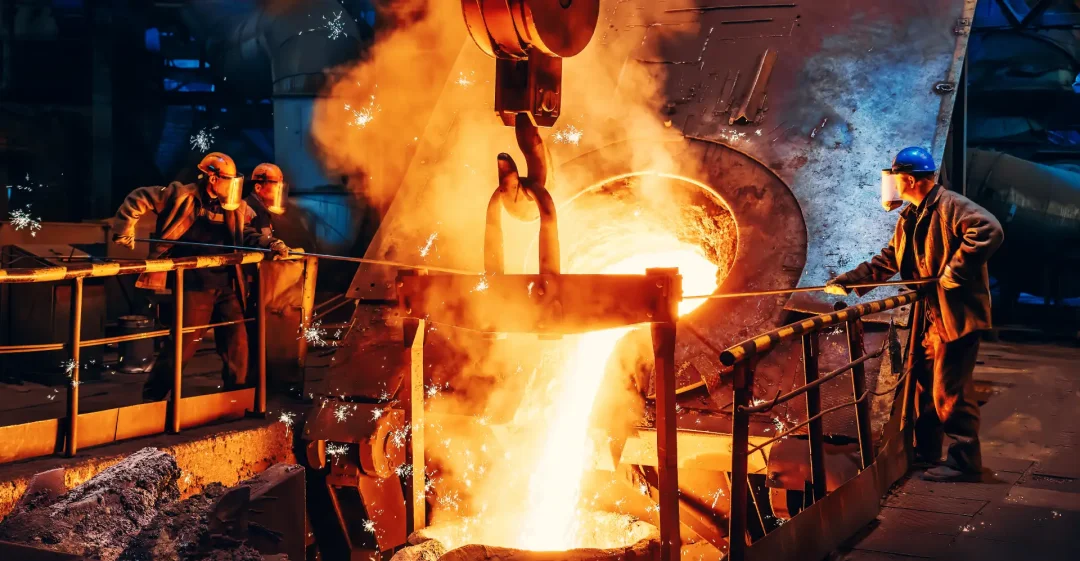Casting is an important manufacturing method that has a wide range of applications in various industries. It is widely used in sectors such as automotive, construction, mechanical engineering, energy, aviation, medicine, electronics, and many more. In this article, we will examine the applications of casting in these sectors and the advantages it offers.
Casting in the Automotive Sector
The automotive sector is one of the most common areas where casting is used. Engine blocks, transmission pulleys, brake calipers, camshafts, and many other components are produced using high-strength casting materials. Casting facilitates the mass production of parts with complex geometries while providing material savings. The use of casting in the automotive industry contributes to the sector's development through fast and cost-effective production processes.
Casting in the Construction Sector
Casting is also widely used in the construction sector as a production method. Various structural components are produced using casting materials. For example, bridges, buildings, safety railings, and other structures are built using cast iron and steel. The advantages of casting in the construction sector include high strength, durability, shape versatility, and fast production processes. Additionally, properties such as fire resistance of casting materials make them preferred in construction projects.
Casting in Mechanical Engineering
Casting parts have a wide range of applications in mechanical engineering. Engine parts, pumps, valves, gears, and many other machine components are produced using the casting method. Casting facilitates the production of parts with complex geometries and provides design freedom. It is also preferred as a cost-effective production method.
Casting in the Energy Sector
The energy sector has significant applications for casting. Turbines, generators, pipeline systems, and other components used for power generation are produced using the casting method. Casting increases energy efficiency by enabling the use of materials resistant to high temperatures. It also allows for the easy production of complex shapes and offers fast production processes in energy facilities.
Casting in the Aviation Sector
The aviation sector has a notable application area for casting due to its suitability for precise applications. Aircraft engines, propellers, chassis components, and other critical parts are produced using the casting method. Casting enhances flight performance and fuel efficiency by enabling the use of lightweight and high-strength materials. It also facilitates the production of complex geometries commonly encountered in the aviation industry and reduces the weight of parts.
Casting in the Medical Sector
In the medical sector, casting plays a significant role in the production of prosthetics, implants, surgical instruments, and other medical devices. Casting improves treatment processes and speeds up the recovery process by providing customized solutions for patients. There are special casting materials available for applications requiring biocompatibility. Casting allows for the precise production of complex shapes and intricate structures, ensuring proper functioning and increased patient comfort for devices used in the medical field.
Casting in the Electronics
Sector In the electronics sector, casting is used for the protection and insulation of electronic components. Casting resins are particularly used to protect electronic circuit boards and reinforce connection points. This makes electronic components more resistant to mechanical and thermal stresses. Additionally, casting enables the addition of customized shapes and designs to electronic circuit boards and other components.
As can be understood, casting has a wide range of applications in sectors such as automotive, construction, mechanical engineering, energy, aviation, medicine, electronics, and many more. High strength, design freedom, fast production processes, and economic advantages make casting a preferred method in these sectors. The advantages and characteristics offered by casting may vary in each sector. However, the common point is that casting is an ideal method for the production of complex geometries, customized designs, and durable materials. Advancing technologies and evolving casting methods further expand the application areas of casting.



